
白水大池公園
春日市のシンボル・白水池を中心に整備された総合公園。白水池は江戸時代初期に築造されたという溜池。池畔には、北側に多目的広場をはじめ、星の館や噴水広場、芝生広場など、南側にはユニークでカラフルな19種類の遊具が並ぶちびっ子広場や展望台広場など、さまざまな施設が揃う。池を一周する約2.2kmの園路はジョギングや散歩に最適だ。春には桜を、秋には紅葉を、星の館では天体観測を楽しめ、展望台広場に立つ高さ約13mの展望塔からは、青く広がる白水池や福岡市街の街並みを一望できる。
Info
Business Hours
Price
Spot Category
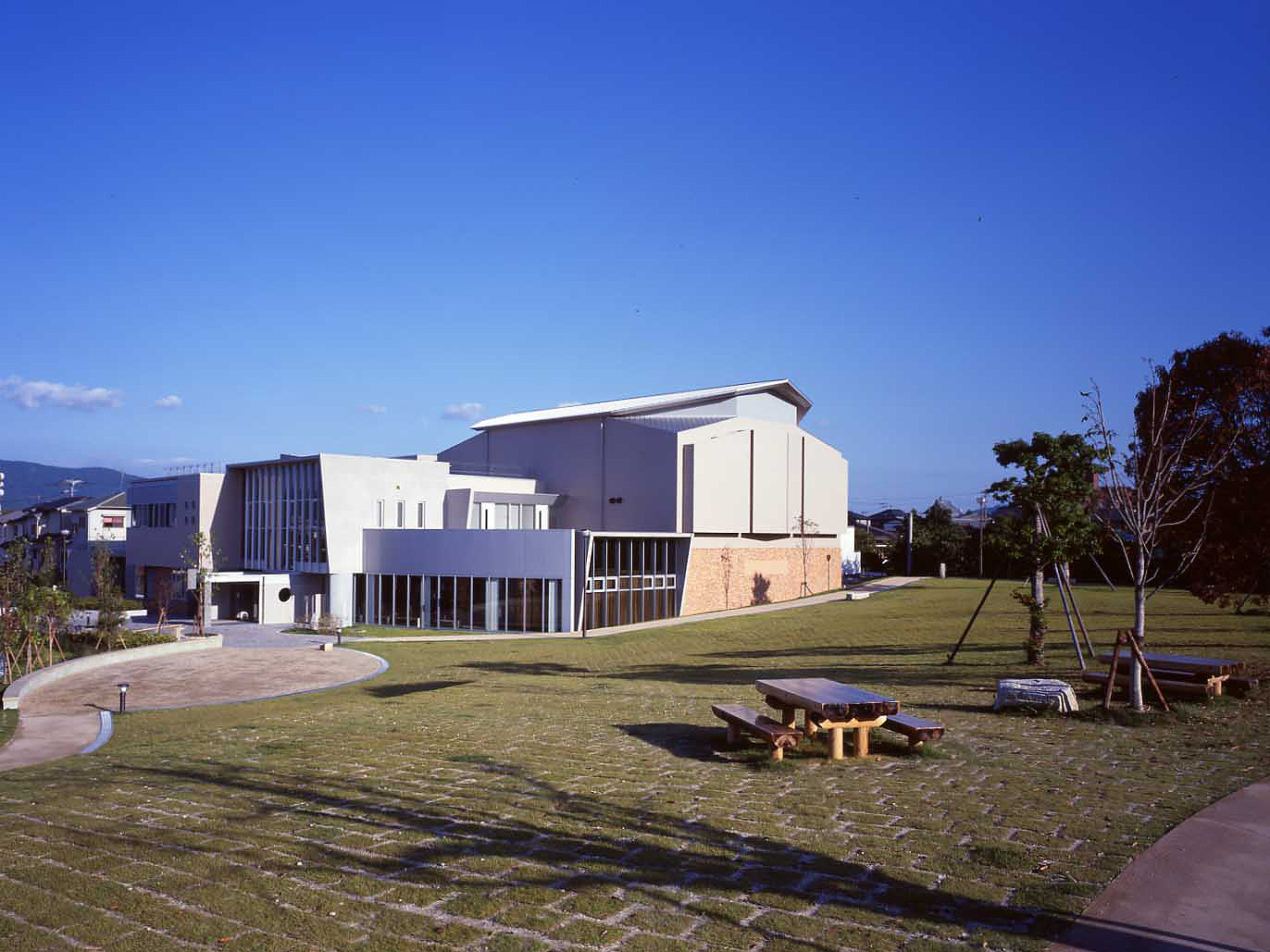
春日市奴国の丘歴史資料館の外観
春日市教育委員会

春日市奴国の丘歴史資料館 考古展示室
春日市教育委員会
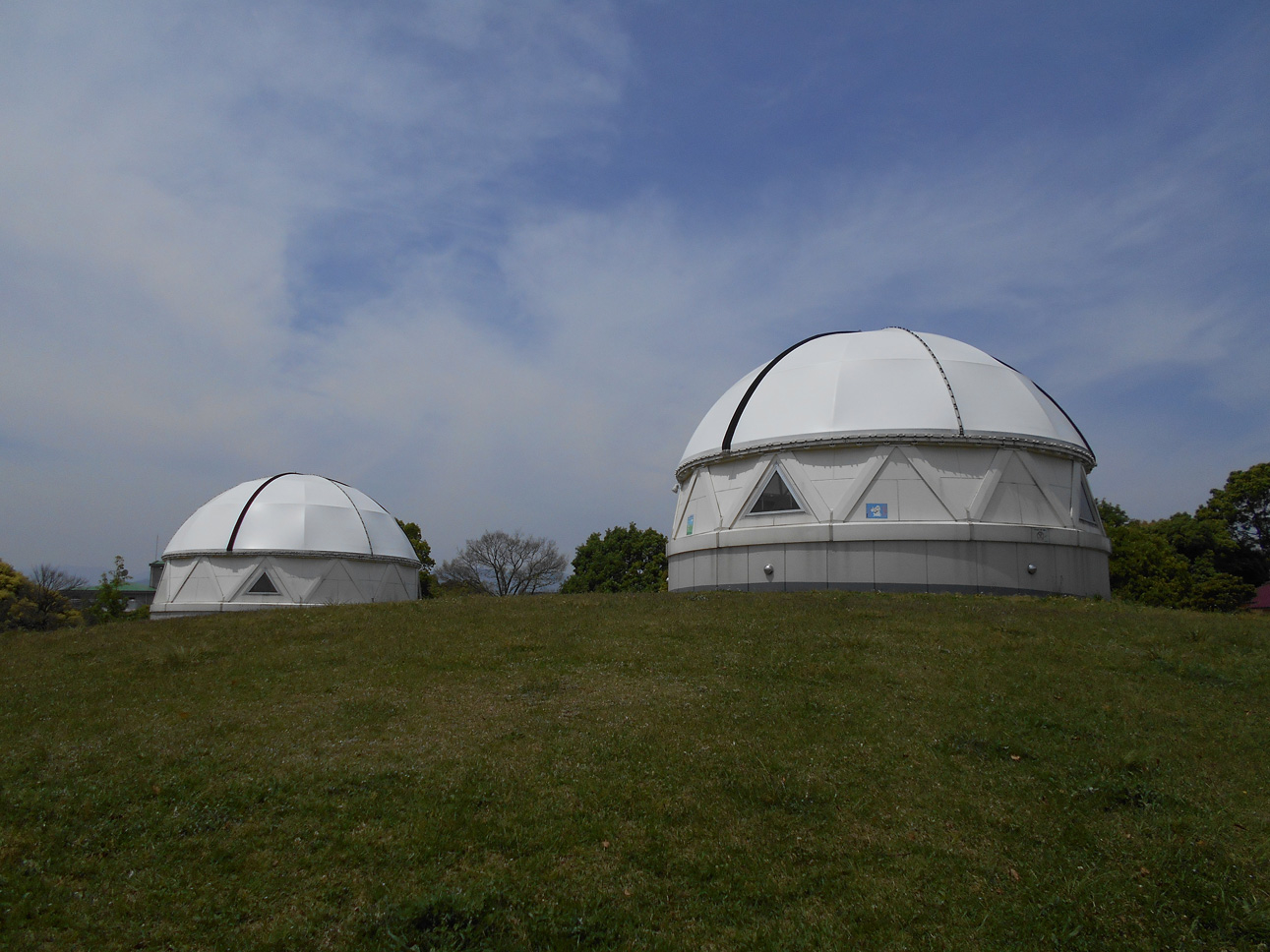
奴国の丘歴史公園の覆屋
春日市教育委員会
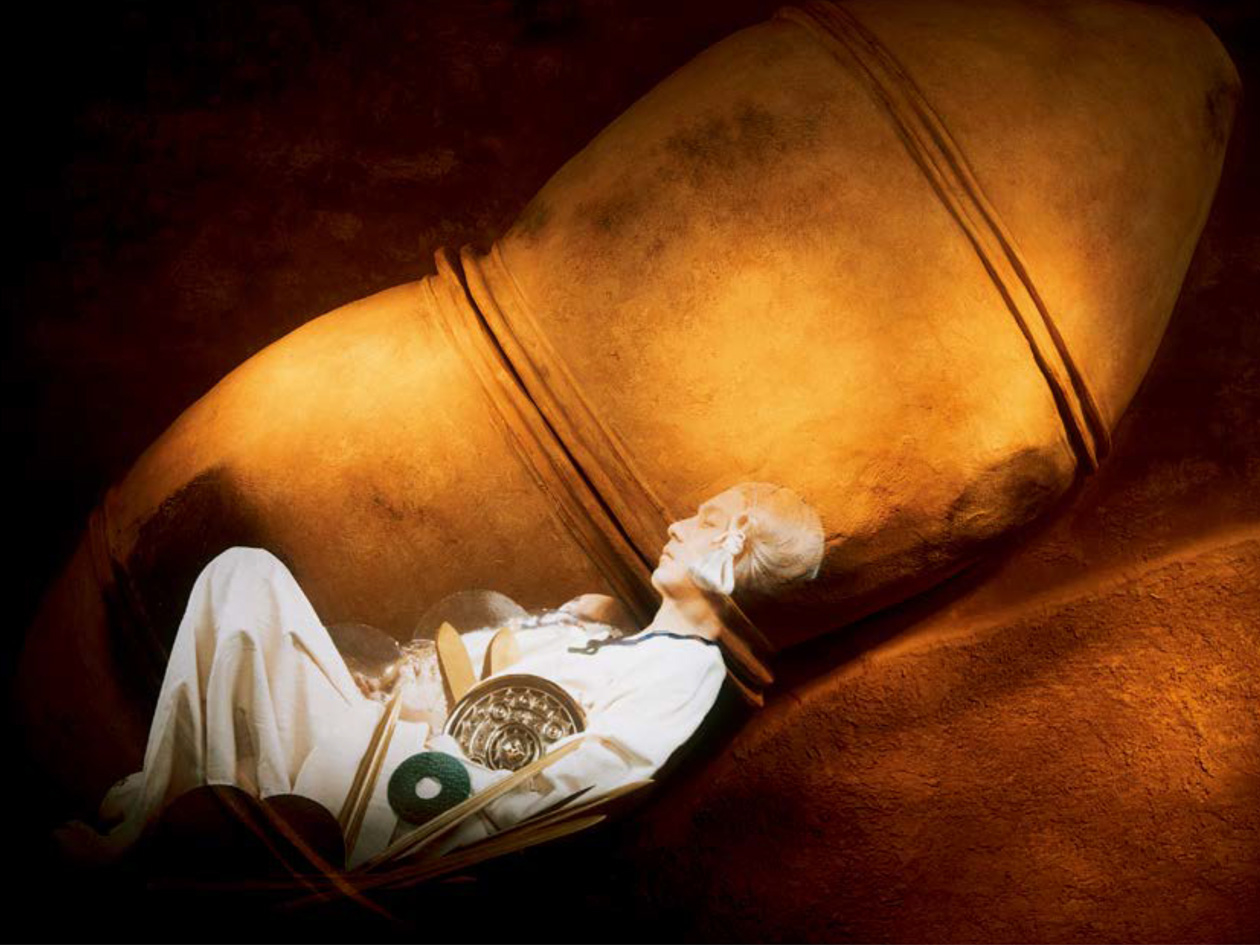
奴国王墓想像図
春日市教育委員会
The information provided reflects the details available at the time of the survey.
Please note that facility details may change due to the facility’s circumstances, so please check for the latest information before visiting.
This content has been translated using machine translation.
Information provided by: JTB Publishing
The content uses an automatic translation service, which is not always accurate.
The translated content may be different from the original meaning, so please understand and use it.

春日市のシンボル・白水池を中心に整備された総合公園。白水池は江戸時代初期に築造されたという溜池。池畔には、北側に多目的広場をはじめ、星の館や噴水広場、芝生広場など、南側にはユニークでカラフルな19種類の遊具が並ぶちびっ子広場や展望台広場など、さまざまな施設が揃う。池を一周する約2.2kmの園路はジョギングや散歩に最適だ。春には桜を、秋には紅葉を、星の館では天体観測を楽しめ、展望台広場に立つ高さ約13mの展望塔からは、青く広がる白水池や福岡市街の街並みを一望できる。

A town where temples were collected during the Edo period for the defense of Kurume Castle. It is lined with 17 temples, and still retains the features of the Edo period. In each quaint temple there are tombs of many of the predecessors who were active in Kurume. The most well-known people are King Shishi Takayama Hikokuro, the founder of Kurume mochi, Inoue Den, the founder of Kurume Atsuji, Motozo Sakamoto, and the Western painter Harue Koga.
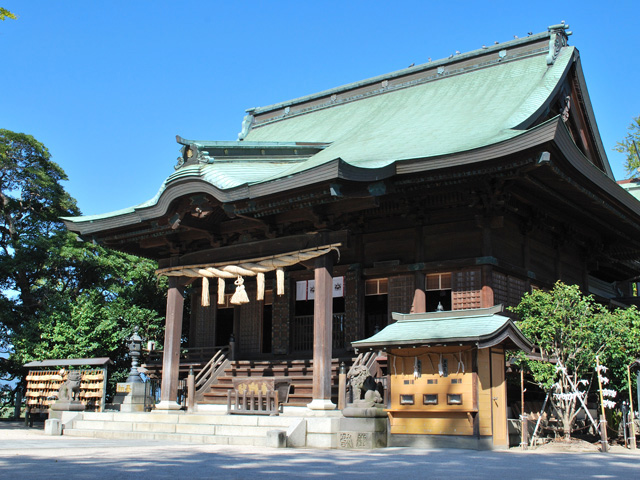
Sōhō-gū of Suiten-gū, which is located throughout the country. The beginning was that Ise, who served Emperor Andoku's birth mother, Takakura Taira Nakamiya [Azechi no Tsuboune], enshrined the spirit of the Heike, who had perished in the Battle of Nōnoura, to mourn. It is known as the guardian deity of asanis, child-giving, water-relief, and children.
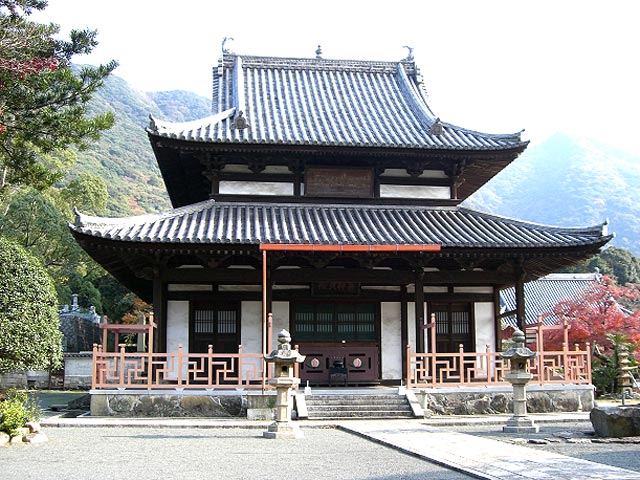
The temple of Obaku sect in a corner of Adachi Forest Park. The feudal lord, Tadamasa Ogasawara, was erected in Kanbun 5 (1665). It was later vanished by military fire and fire of Chōshū Cavalry at the end of the Tokugawa period. The main hall was rebuilt in Kyoho 2 (1717). Kaesando and others were built after the Meiji era. There is a garden behind the main hall, and the Sesshu Garden, which has natural stones in a borrowed view of Mount Ashitate, is a must. Please note that some of the precincts in the direction of the back mountain are unwatchable.
This website uses cookies so that we can provide you with the best user experience possible. Cookie information is stored in your browser and performs functions such as recognising you when you return to our website and helping our team to understand which sections of the website you find most interesting and useful.
Strictly Necessary Cookie should be enabled at all times so that we can save your preferences for cookie settings.
If you disable this cookie, we will not be able to save your preferences. This means that every time you visit this website you will need to enable or disable cookies again.
